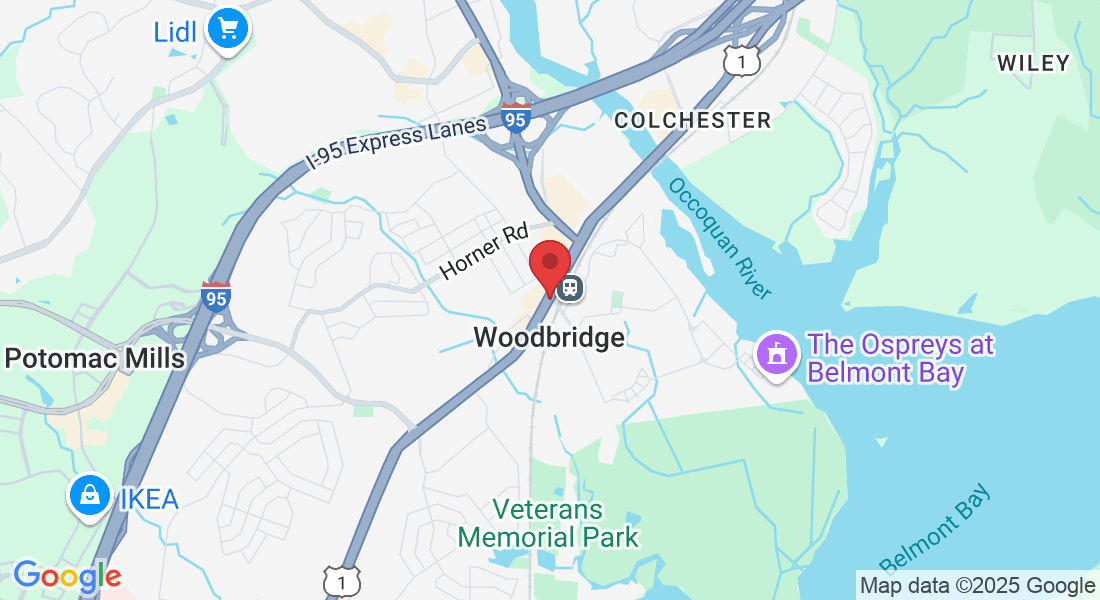Automation With Soul
We blend strategy, structure, and smart tech to help visionary business owners work less, earn more, and finally breathe.

About Us
nVision Virtual Solutions is more than a business consulting brand—it’s your partner in structure and scale. We work with purpose-driven entrepreneurs, veterans, and women in transition to design automated systems, digital strategies, and sustainable business models that lead to freedom.
Our second brand, Freedom Friday, is the digital empowerment arm of the company—featuring self-paced tools, creative merch, and done-for-you kits for CEOs who want to build without burnout. It’s where structure meets style and where your business growth is celebrated every day of the week.
Together, nVision and Freedom Friday represent the heart and hustle behind building legacy, creating freedom, and making vision real.
Our Services
We help businesses simplify, streamline, and scale with:
✨ AI-Powered Automations
🛠️ Workflow & Systems Setup 💬 Custom Chatbots & FAQ Agents 📦 Digital Product Launch Support 📊 Strategy Sessions & Business Audits
No fluff. Just clarity, confidence, and done-for-you support you can trust.
Some of the links below on this page are affiliate links, which means that if you click and make a purchase, I may receive a small commission—at no extra cost to you. I only recommend products or services I truly believe in, and your support helps me continue building resources that empower freedom-focused entrepreneurs like you. Thank you!

Digital Marketing
We believe great marketing doesn’t happen in a silo. At nVision Virtual Solutions, we work alongside trusted creatives and digital pros to craft campaigns that drive real results. Whether it’s email automation, social content, or ad strategy, we bring together smart tools and smart people to help you grow.
Branding and Creative Services
Your brand deserves more than a Canva logo and a color wheel. We help you define your visual voice through collaborative design and messaging that feels aligned—not forced. While we’re constantly growing our creative toolkit, we also tap into a circle of talented professionals to make sure your brand stands out with substance.


Marketing Strategy and Consulting
You're not meant to do it all alone—and neither are we. At nVision, we provide strategic insight, accountability, and structured planning, backed by collaborative partnerships with industry experts. Together, we help you focus, prioritize, and take aligned action toward your business goals.
Analytics and Performance Measurement
We know data matters—but we also know it can be overwhelming. That’s why we use simplified reporting tools and expert-backed insights to help you track what truly matters. We're learning, growing, and always aligning with those who can help us deliver results that make sense for your stage of business.

WHY CHOOSE US
Because cookie-cutter ain’t our thing.
We customize every solution to fit your vision, not just your budget. With real experience in corporate operations, military systems, and small biz strategy, we know what it takes to turn chaos into clarity—and make it scalable.
Ready to automate your next breakthrough?
Let’s build your business with purpose.

Founder/CEO Ms. Danyeal "Danni" Thomas

LEGAL
FOLLOW US
Copyright 2025. nVision Virtual Solutions. All Rights Reserved.

